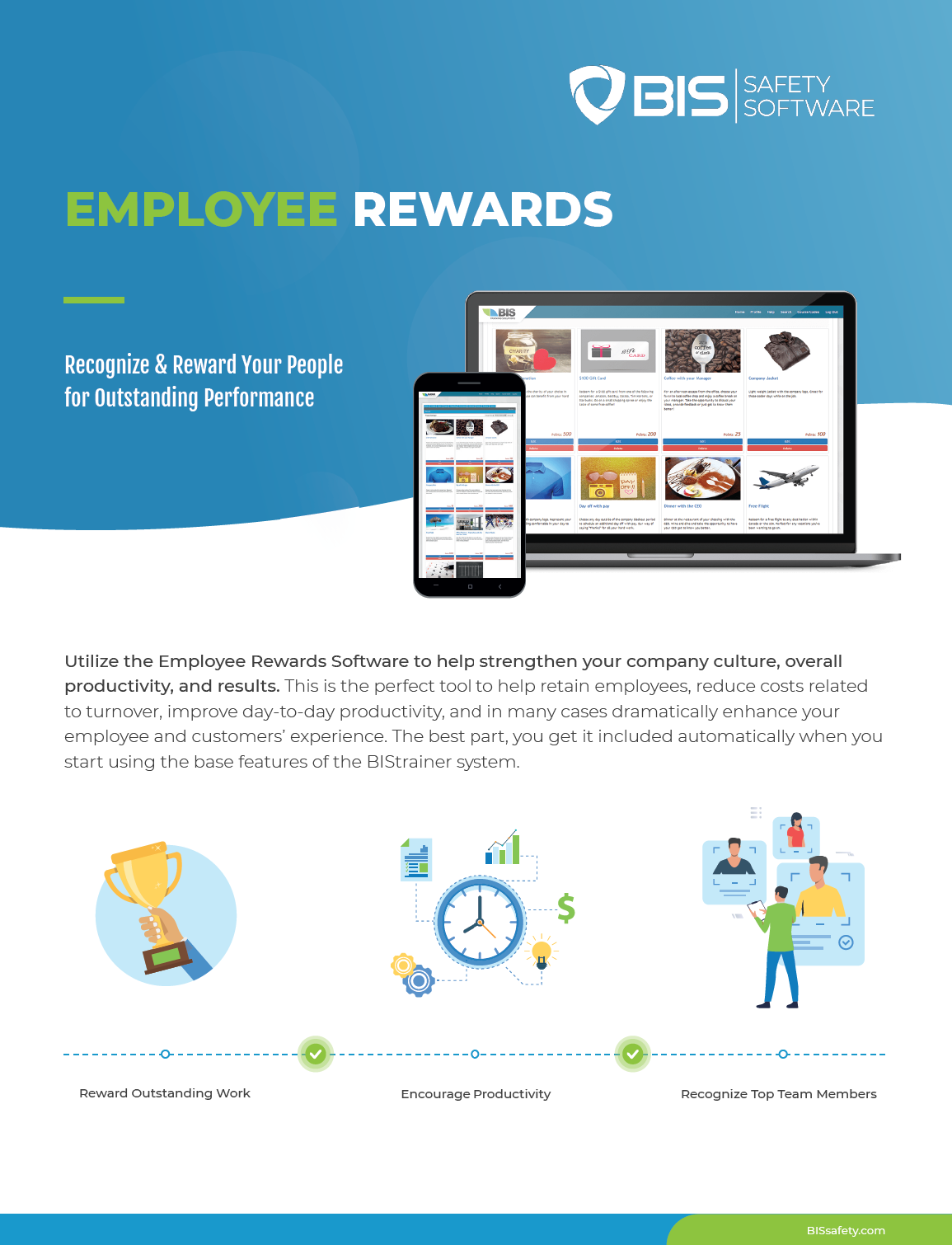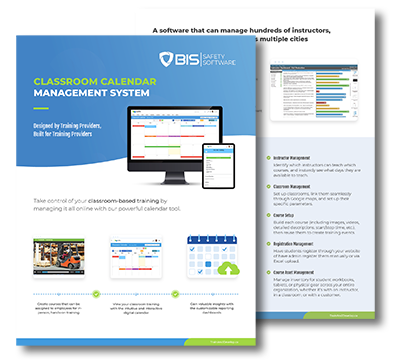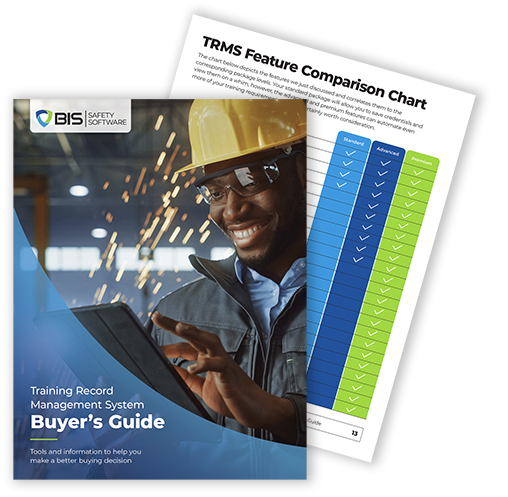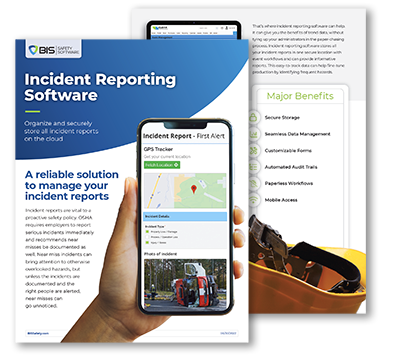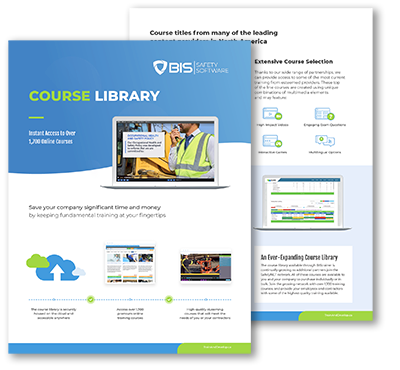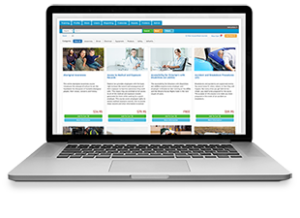
Average Onboarding Costs
Onboarding a new employee is an essential part of the hiring process. It’s also a time-consuming endeavour that requires both time and money. Understanding the true cost of onboarding a new employee is crucial to ensure your business uses its resources efficiently. We created this article to shed light on not only average onboarding costs, but each common cost associated with onboarding, orientations, and turnover.
What is Onboarding?
Onboarding refers to the process of integrating and orienting new employees or users into an organization, team, or system. It involves providing them with the necessary information, resources, and training to effectively start their roles or use a service. The goal of onboarding is to facilitate a smooth transition, promote early engagement, and set the foundation for long-term success and satisfaction.
Average Onboarding Costs
The cost of onboarding a new employee can vary significantly depending on the industry, the size of the company, and the complexity of the job. According to a survey conducted by the Society for Human Resource Management, the average cost of onboarding a new employee is approximately $4,000. However, this can vary greatly, with some businesses spending as much as $20,000 or more. However, there are some constants. Just about everyone who switches to digital onboarding saves on admin and paper costs, and the majority save much more than that.
It’s important to note that the cost of onboarding a new employee isn’t just limited to onboarding fees. There are a range of other costs associated with onboarding, such as recruitment costs, orientation costs, and training costs. These costs can add up quickly, and it’s essential to take them into account when calculating the total cost of onboarding a new employee.
Onboarding Costs Broken Down
To give businesses a better idea of the different costs associated with onboarding, here is a list of the most common onboarding costs and their average estimates:
Recruitment Costs
Recruitment onboarding fees include job postings, advertising, and other recruitment efforts. The average cost for recruitment is estimated to be around $4,000.
Pre-Employment Testing Costs
Pre-employment tests are becoming increasingly popular among employers as a means of assessing a candidate’s suitability for a particular job. These tests can vary greatly in terms of cost, depending on the type of test, the provider, and the level of customization required.

- Criteria Corp: According to Criteria Corp, a leading provider of pre-employment tests, the average cost of a pre-employment test is $25-$50 per test. This cost includes the creation of the test, administration, and scoring.
- HR Daily Advisor: HR Daily Advisor, an online resource for human resources professionals, reports that the average cost of pre-employment testing ranges from $20 to $100 per test, depending on the complexity of the test and the level of customization required.
- Prevue HR: Prevue HR, a provider of pre-employment tests and assessments, reports that their pricing ranges from $20 to $60 per test, depending on the type of test and the level of customization required.
- Berke: Berke, a provider of pre-employment assessments, reports that their pricing ranges from $25 to $55 per test, depending on the number of tests ordered and the level of customization required.
- Wonderlic: Wonderlic, a provider of pre-employment assessments, reports that their pricing ranges from $15 to $40 per test, depending on the type of test and the level of customization required.
- Assessment Systems: Assessment Systems, a provider of pre-employment tests and assessments, reports that their pricing ranges from $10 to $50 per test, depending on the type of test and the level of customization required.
Orientation Costs
Orientation costs can vary depending on the location, duration, and purpose of the orientation. However, here are some numbers from multiple sources to give you an idea of the potential costs involved:
- Average orientation costs for new employees in the US: According to a survey by the Society for Human Resource Management, the average cost of orientation for a new employee in the US is $1,088.
- Onboarding costs for remote employees: According to a report by Owl Labs, onboarding costs for remote employees can be higher than for in-office employees due to the need for additional technology and communication tools. The report estimates that onboarding a remote employee can cost up to $10,000.
- Orientation costs for international students: The cost of orientation for international students can vary widely depending on the institution and the level of support provided. For example, the University of California, Los Angeles (UCLA) estimates that orientation costs for international students can range from $250 to $800.
- Orientation costs for new military recruits: According to the Department of Defense, the average cost of basic training for a new military recruit is approximately $17,000. This includes the cost of food, lodging, and training equipment.

- Orientation costs for new franchise owners: The cost of orientation for new franchise owners can vary depending on the franchise system. For example, Subway estimates that the initial investment for a new franchise owner can range from $116,000 to $263,000, which includes the cost of orientation and training.
- Orientation costs for volunteers: Orientation costs for volunteers can be relatively low, but still add up over time. For example, the American Red Cross estimates that the cost of orientation and training for a new volunteer can range from $20 to $100.
Training Costs
Onboarding training costs can vary significantly depending on the industry, the size of the company, the job roles, and the complexity of the training programs. Here are some examples of onboarding training costs per industry:
- Retail: The onboarding training costs for retail can range from $1,000 to $2,500 per employee. This includes training on customer service, point of sale systems, and product knowledge.
- Healthcare: The onboarding training costs for healthcare can range from $3,000 to $5,000 per employee. This includes training on patient care, medical procedures, and compliance regulations.
- Manufacturing: The onboarding training costs for manufacturing can range from $2,500 to $5,000 per employee. This includes training on safety procedures, equipment operation, and quality control.
- Technology: The onboarding training costs for technology can range from $5,000 to $10,000 per employee. This includes training on software development, project management, and cybersecurity.
- Finance: The onboarding training costs for finance can range from $4,000 to $8,000 per employee. This includes training on financial regulations, accounting practices, and investment strategies.
- Hospitality: The onboarding training costs for hospitality can range from $1,500 to $3,000 per employee. This includes training on customer service, food and beverage service, and hotel operations.
It’s important to note that these figures are only estimates, and the actual costs can vary depending on various factors. Additionally, some industries may require ongoing training and development programs, which can add to the overall costs.
Onboarding Software Costs
These costs include the cost of purchasing, implementing, and maintaining onboarding software. The average cost for onboarding software is estimated to be around $500 per employee.
Onboarding software costs can vary widely depending on the features, size of the organization, and the specific needs of the business. Here are some examples of onboarding software costs:
- Basic Onboarding Software: This type of software offers basic onboarding features such as document management, employee data collection, and new hire checklists. The average cost can range from $50 to $200 per month, depending on the number of employees and the level of customization needed.
- Comprehensive Onboarding Software: This type of software includes all the features of basic onboarding software, plus additional features such as electronic signatures, video tutorials, and integrations with HR systems. The average cost can range from $200 to $500 per month.
- Customizable Onboarding Software: This type of software is designed for larger organizations with specific onboarding needs. It offers advanced features such as custom workflows, automated notifications, and reporting capabilities. The average cost can range from $500 to $1,000 per month, depending on the level of customization needed.
- Enterprise Onboarding Software: This type of software is designed for large enterprises with complex onboarding processes. It offers features such as advanced reporting, compliance tracking, and integrations with multiple HR systems. The average cost can range from $1,000 to $5,000 per month, depending on the number of employees and the level of customization needed.
What is Onboarding Software?
Onboarding software refers to a specialized type of software solution designed to facilitate the process of integrating new employees into an organization. It streamlines and automates various tasks and activities involved in orienting and training new hires, ensuring a smooth transition into their roles and the company’s culture.
Key features of onboarding software typically include:

- Paperwork and Documentation Management: Onboarding software helps manage the administrative tasks associated with new hires, such as filling out employment forms, signing contracts, and providing necessary documentation.
- Employee Information Collection: The software often allows employers to gather essential information about new employees, such as contact details, emergency contacts, tax information, and direct deposit details.
- Training and Orientation: Onboarding software may include modules or features to deliver training materials, videos, presentations, and quizzes to help new hires learn about the company’s policies, procedures, values, and job-specific tasks.
- Task Automation: The software can automate various tasks, such as sending welcome emails, scheduling training sessions, assigning mentors or buddies, and setting up access to company systems.
- Compliance and Legal Requirements: Onboarding software can help ensure that new hires complete mandatory training, acknowledge company policies, and comply with legal requirements, such as workplace safety and anti-discrimination training.
- Integration with HR Systems: Onboarding software may integrate with other human resources systems, such as payroll and benefits management, to ensure accurate and consistent employee information across the organization.
- Checklists and Progress Tracking: The software often provides checklists and progress tracking tools to help both new employees and HR personnel monitor the onboarding process and identify any outstanding tasks.
- Feedback and Evaluation: Some onboarding software solutions include features for gathering feedback from new employees about their onboarding experience, which can help organizations continuously improve their processes.
- Customization: Organizations can often customize the onboarding process to align with their specific needs, industry requirements, and company culture.
- Analytics and Reporting: The software may offer reporting and analytics features that enable HR teams to assess the effectiveness of their onboarding programs, identify bottlenecks, and make data-driven improvements.
Overall, onboarding software aims to enhance the efficiency, consistency, and engagement of the onboarding process, contributing to higher employee satisfaction, faster time-to-productivity, and better retention rates.
A Guide to Digital Onboarding
If you’d like to know more, download our free guide about digital onboarding. It clearly explains how to use special software for orientations and subsequently save time and cut costs.
Using four concise but informative sections, our guide covers:

- Modern Onboarding Solutions
- Planning Your Onboarding
- Digital Onboarding Software Pricing
- Transitioning Your Onboarding
Administrative Costs
Onboarding administration costs include the time and resources needed to complete paperwork, set up employee benefits, and process payroll. The average cost for administrative cost is estimated to be around $500 per employee.

However, administration costs for onboarding can vary depending on the company size, location, and complexity of the onboarding process. Here are some examples of administration duties/costs for onboarding:
- Employee paperwork and processing: This can include the cost of printing and distributing employment contracts, tax forms, and other necessary paperwork. On average, this cost can range from $100 to $300 per employee.
- Background checks and drug tests: Conducting background checks and drug tests for new hires can cost between $50 to $200 per employee.
- IT equipment and software: Providing new employees with laptops, smartphones, and other necessary IT equipment can cost between $1,500 to $3,500 per employee.
- HR software and systems: Implementing HR software and systems to manage employee data and track onboarding progress can cost between $5,000 to $25,000 per year, depending on the size of the organization.
Lost Productivity Costs
These costs include the time and resources needed for existing employees to help new employees get up to speed. The average cost for lost productivity is estimated to be around $1,000 per employee. However, the average lost productivity costs per industry are estimated below:
- Information technology: In the IT industry, it can take up to 6-9 months for new hires to become fully productive, costing an average of $30,000 to $50,000 per employee in lost productivity.
- Healthcare: The healthcare industry has a long onboarding process, with an average time to full productivity of 6-12 months. The lost productivity costs for a registered nurse can be up to $82,000 per year.
- Manufacturing: In the manufacturing industry, it can take up to 6 months for new hires to become fully productive, costing an average of $25,000 to $30,000 per employee in lost productivity.
- Finance: In the finance industry, onboarding can take up to 3-6 months, with lost productivity costs averaging $20,000 to $30,000 per employee.
- Retail: In the retail industry, it can take up to 3-6 months for new hires to become fully productive, costing an average of $10,000 to $15,000 per employee in lost productivity.












